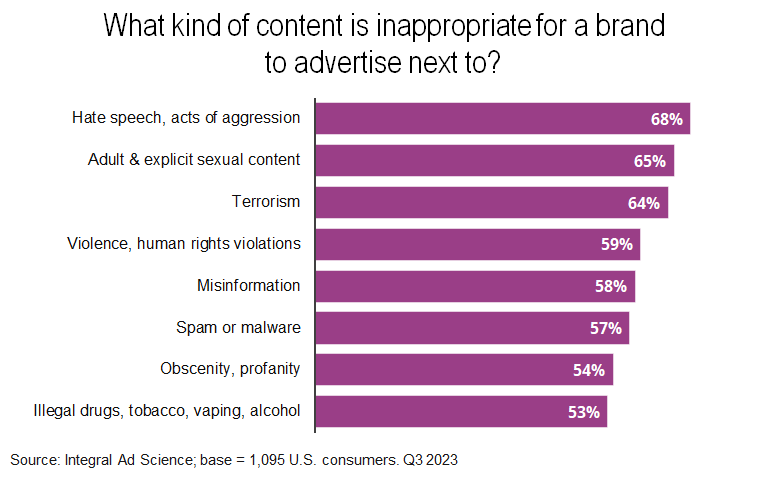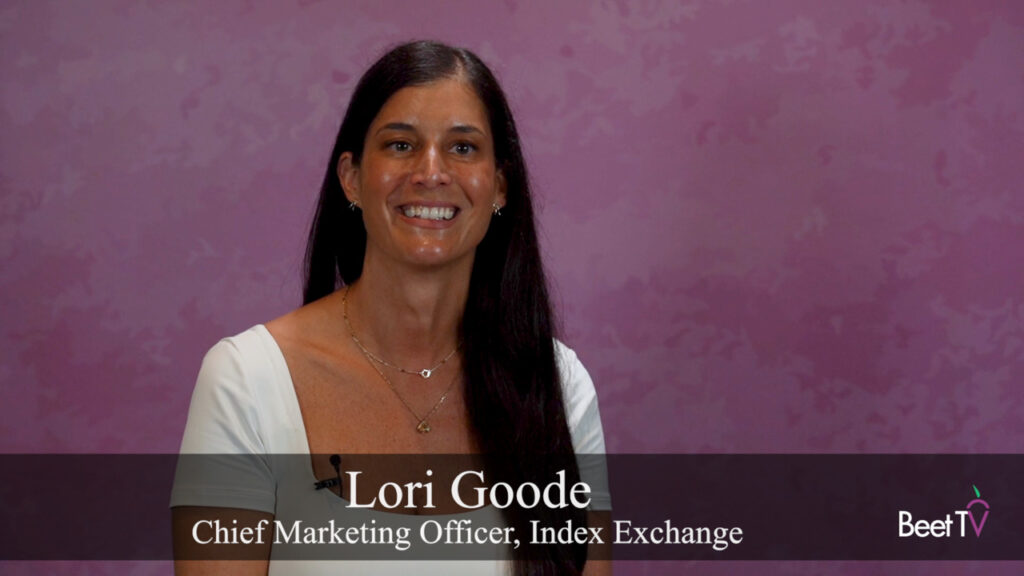LAS VEGAS – Alphabet Inc.’s Google this year started giving some users of its popular Chrome browser more control over their online privacy by limiting the use of tracking cookies. Advertisers are testing alternatives to the technology as part of their efforts to reach consumers.
“The reality is there’s entire mix of targeting that you have to think about,” Suraj Gandhi, executive vice president of performance content at Interpublic Group’s Mediabrands Content Studio, said in this interview with Beet.TV contributor Mike Shields at CES 2024.
“Thinking about targeting parameters such as private marketplaces, programmatic guarantees, first party data — there’s a lot of opportunity out there that don’t involve cookies, that really allow us to be robust with our targeting,” Gandhi said.

Placing ads next to brand-appropriate content has been part marketers’ media strategies for years. Such contextual targeting is seeing a rebirth while also become more advanced with personalized ad creative and meta-data about content.
“Content and creative are going to be far more paramount now, especially in the programmatic and the digital space, than even in the past,” Gandhi said. “It’s about thinking and making choiceful decisions about knowing your consumer and what you’re going to do with the content. I think less about attribution and counting the dollars versus: how do we now create greater impact and drive a further ROI?”
You’re watching “Preparing For The End of Third-Party Cookies,” a Beet.TV Leadership Series produced at CES 2024, presented by TripleLift. For more videos from this series, please visit this page.














































